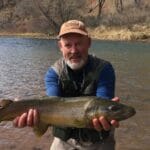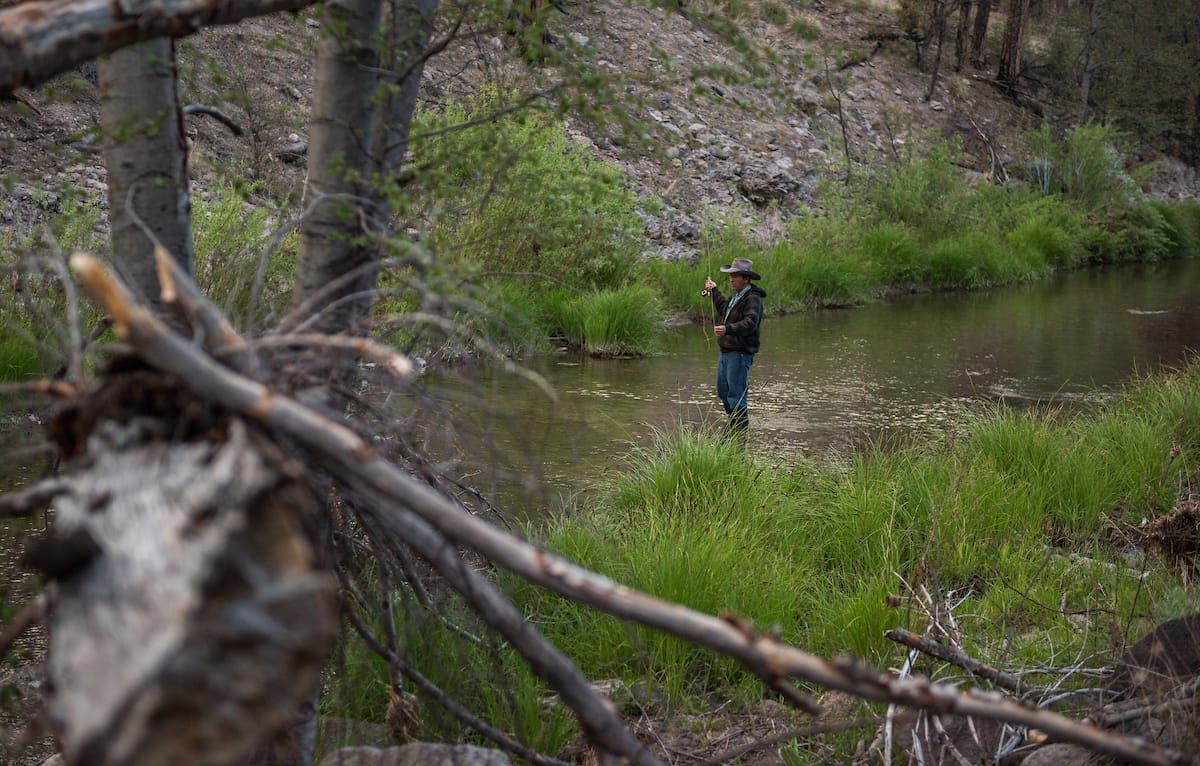It started with a mouse, the New Mexico Meadow Jumping Mouse, which was listed in 2014 under the Endangered Species Act. The listing closed an important pasture to grazing and also locked out trout anglers from fishing the Rio Cebolla.
United in their belief that the mouse could be preserved along with ranching and fishing, TU and local ranchers formed a partnership that over the past decade has constructed or repaired miles of critical fencing, installed watering networks across two grazing allotments and increased rotational grazing alternatives to reduce grazing pressure on mouse habitat.
Early projects prioritized building trust and cooperation between TU and ranchers, led by a young man named Manuel Lucero. As focus on the jumping mouse increased, experience gained from early projects comprised a collaborative toolbox to address cattle/wildlife conflicts. Over the years, the partnership has developed strategies adapted to the unique topography of the Jemez region; broad meadow stream valleys surrounded by cliff-walled canyons and lush mesa-top pastures.
A rancher’s-eye approach to reducing grazing in riparian meadows
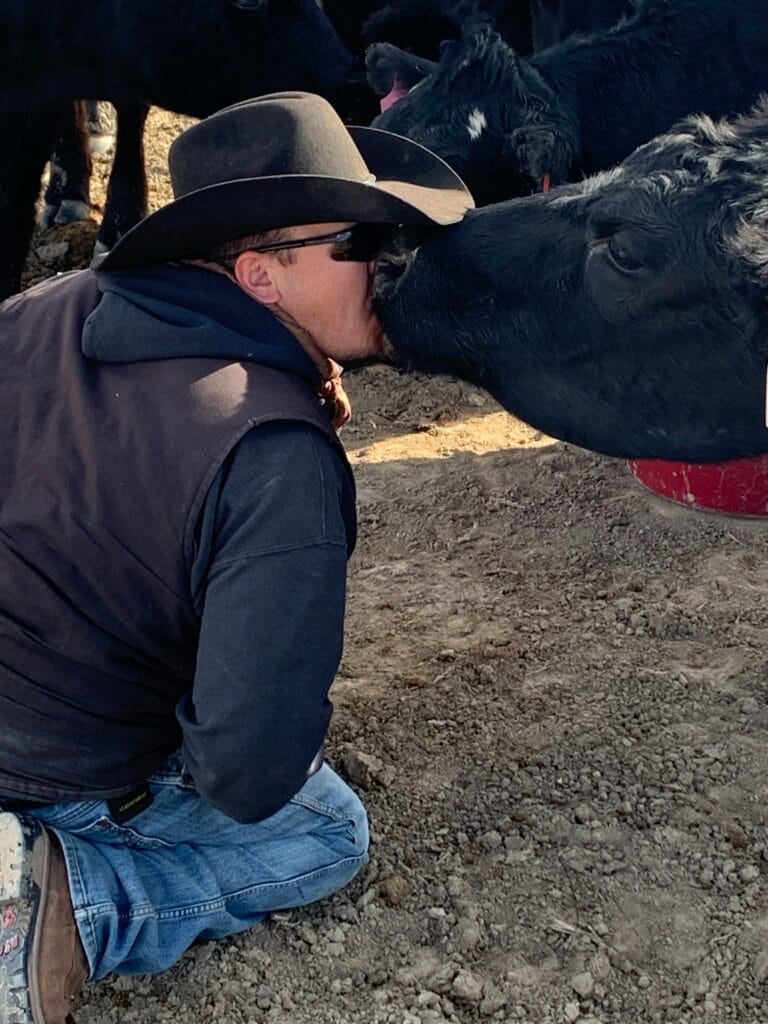
To support jumping mouse populations, the Rio Cebolla had to be restored using “beaver dam analogs”, instream structures designed to hold back water and saturate the floodplain during periods of high flow. BDAs were installed in 2023-24 by Forest Service contractor, Rio Grande Return, who also planted willows throughout the project area to serve as a future source of food and building materials for incoming beavers.
BDAs are of little value if grazing takes place on newly grown grass and nascent willows. With critical input from Manuel, a three-step approach was implemented to address this problem.
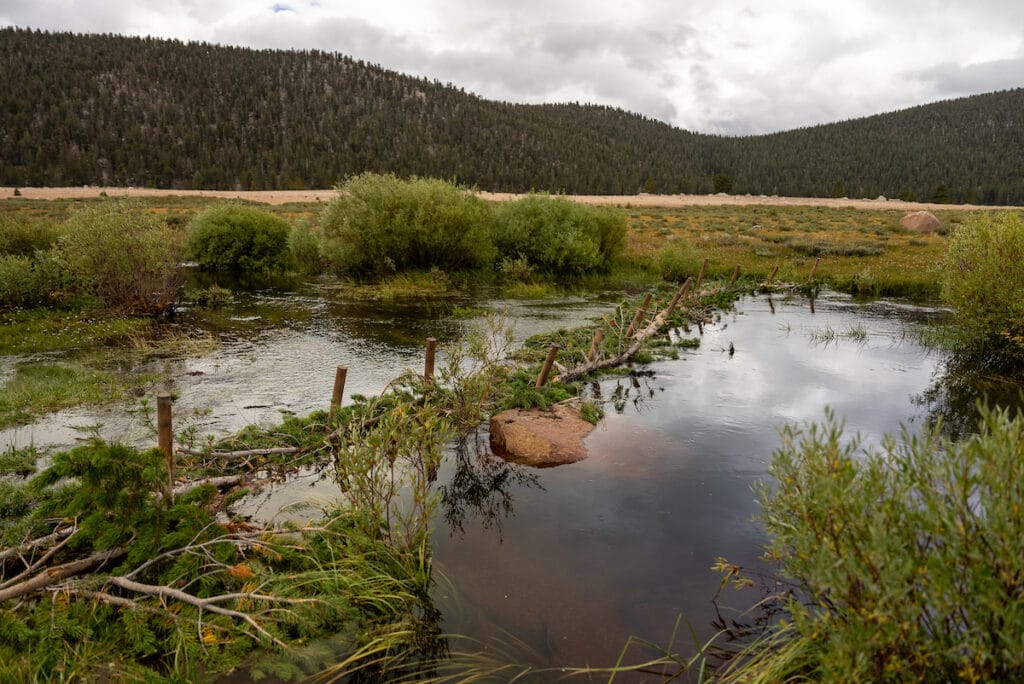
- Step 1 excluded cattle and elk from the Rio Cebolla riparian area, which was accomplished in 2024 with a new barbed wire fence built by Rio Grande Return.
- Step 2 prevented cattle from migrating down to the riparian meadow in the first place. This was accomplished with new fence installed in August of 2024 to help keep the cattle from going into the canyon
Before steps one and two had taken place, ranchers and TU volunteers had already implemented step 3, which was drilling a water supply well in October of 2021. Over the following two years they added a gravity-fed distribution system including a 10,000-gallon storage tank and a network of underground pipe serving four upland pastures and ten drinking troughs.
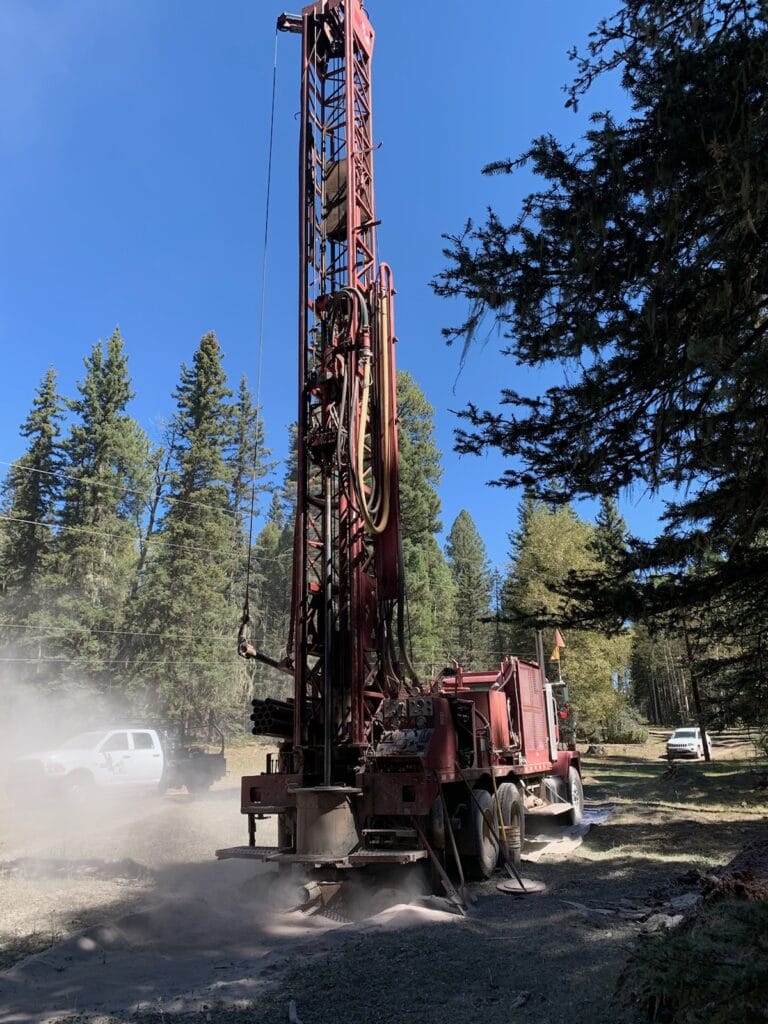
With water nearby, cows needn’t risk a trip down the canyon. Combined with the top fence, the water system will eventually teach Manuel’s herd that the Rio Cebolla isn’t worth the effort.
Why include ranchers?
Thanks to its experience in the Jemez Mountains, TU understands that the embrace of rancher partnership is a natural extension of our priorities. As advocates for America’s public lands, TU supports multiple use values and their inherent mandate for inclusiveness.
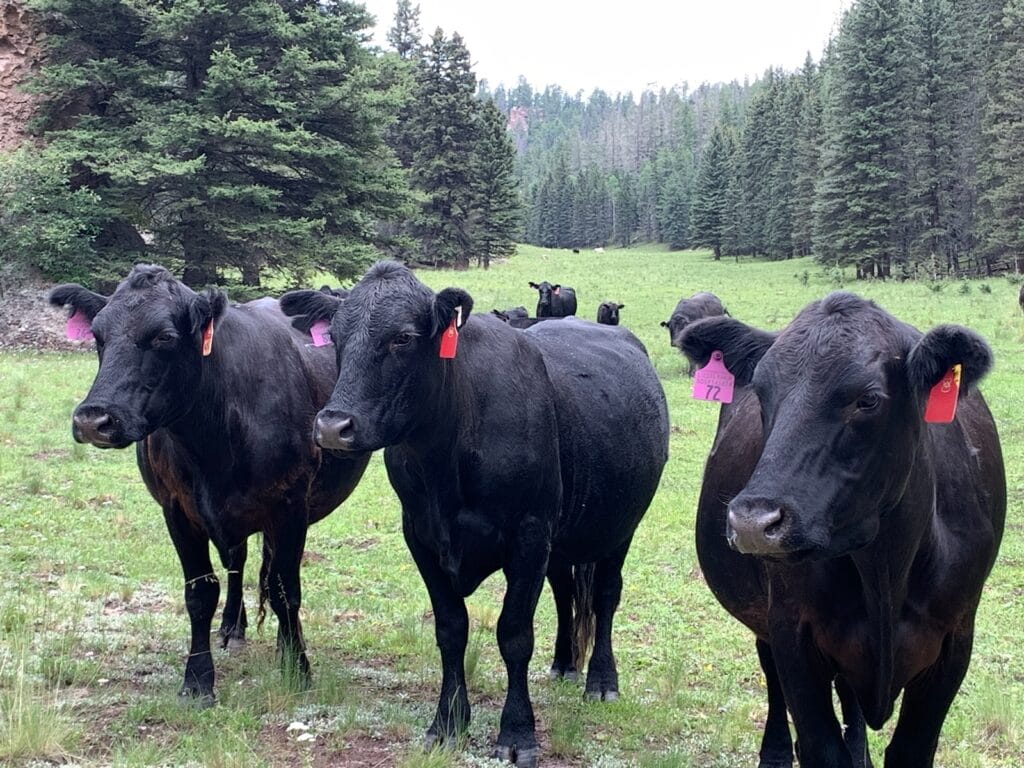
The fact that ranchers spend more time on the ground than other land users make them ideal partners. Especially in the Jemez region, ranchers have seen land adapt to and suffer changes for many generations; as such a deep source of knowledge, they can inform our restoration projects and make them more durable.
Equally invaluable is the prospect of user groups being able to learn together and address problems in the here and now. In its experience with New Mexican ranchers, TU has been blessed by a rare opportunity to see the landscape through new eyes. The Cebolla meadow fence, constructed with Manuel Lucero’s endorsement, included his practical request that a pathway be left open for gathering cows in the fall.
Regarding the construction of the top fence, TU and ranchers gained a better understanding of how to juggle parallel objectives. The fence couldn’t be built in spring because Mexican Spotted Owls were raising babies that could be disturbed by chainsaws in the canyon. Nor in the summer, so as not to imperil the endemic, endangered salamander species that’s active during rainy season. It was a great lesson in how to work with the Forest Service. Incidentally, ranchers and TU volunteers collaborated on building an exclosure to protect occupied salamander habitat and to install “flight diverters” on the top fence to prevent spotted owls from injuring themselves.
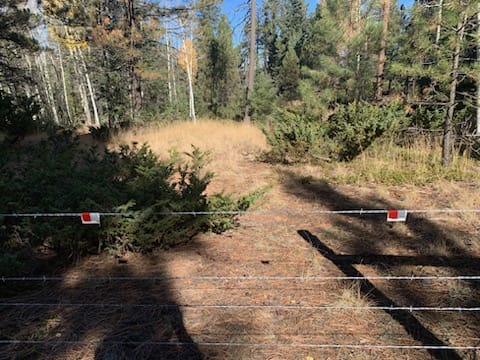
Not only did TU learn about cows and their behavior, Manuel and his fellow ranchers realized how jumping mice had the same needs as trout, and that higher quality headwaters means better water for their downstream farms and ranches. We’d all gained a deeper appreciation for what it takes to steward public lands.
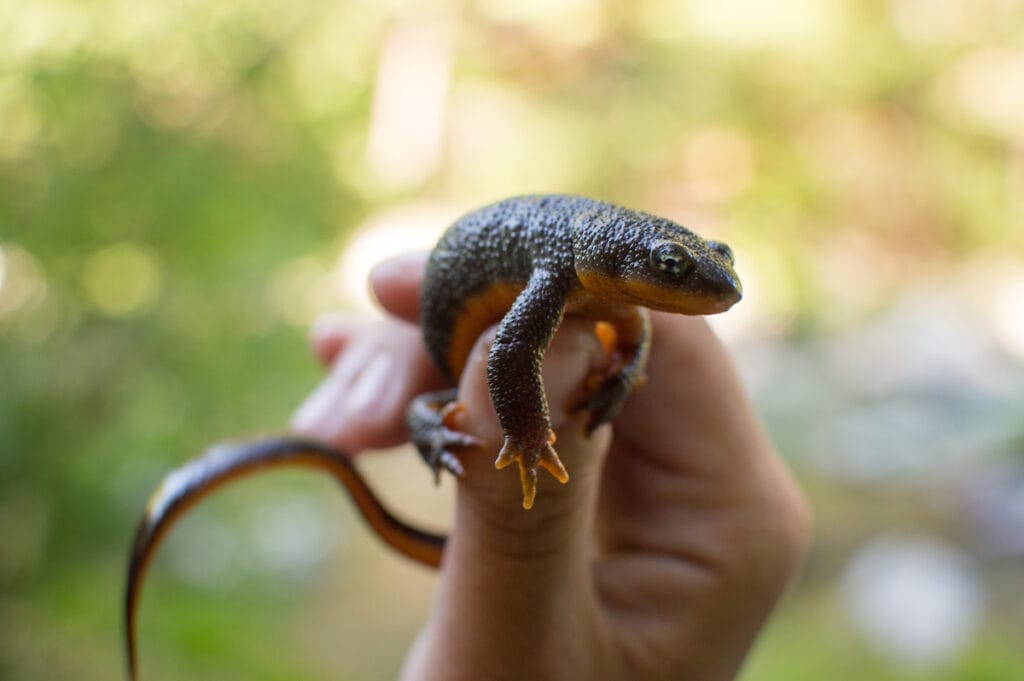
It’s ours
After a decade of partnership, it’s difficult to remember how it all started. One thing that stands out is that all the current partners––ranchers, trout anglers, Forest Service professionals, restoration specialists and, lest we forget, cows, elk, mice, salamanders, owls and trout––began from a position of, “It’s mine.”
Working together through frustration and success, we have come to understand the meaning of, “It’s yours”, but also ours.


